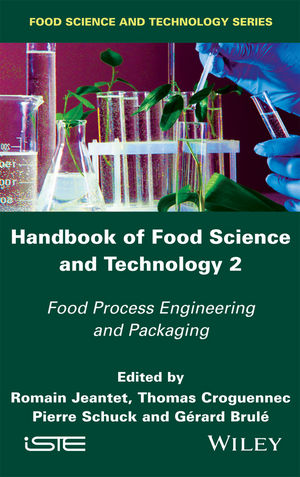FROM THE COLD CORNER
New Podcast: EPR, Plastic Packaging for Cold Foods & More
As consumer and regulatory pressure put plastic in the spotlight, the next few years looks to be pivotal in the area of food packaging. What are the key drivers in developing packaging and what should cold processors and manufacturers know to prepare for looming legislation and its impact on refrigerated and frozen food packaging?
Kellie Alvarado, director of sustainability at Anchor Packaging, joins From the Cold Corner to unpack the latest in sustainable plastic packaging for the cold foods industry.
Selecting the right material for the job includes weighing food safety, packaging functionality and lifecycle analysis, she said.
“When we're starting to talk about sustainability, first, we need to make sure that the package protects our food and that it does its job as intended. And then, second, does that packaging format allow for the consumer to reuse the packaging, compost the packaging, or recycle the packaging?” Alvarado said. “It really does go back to defining what sustainability means for your business, because the cold food chain has different hurdles than something that was served at a QSR location. So we try to do both in our world and for most consumers that means recyclability.”
“I don't think there's any material that is bad in general. I mean, I think there's a place for all of them and I think traditional plastics like polypropylene and PET are used cold food industry is because they have fantastic barrier properties. So when you start layering the complexity of the end of life management of materials, it gets a little more complex because, like biodegradable and compostable plastics, look a lot like traditional plastics, but if those items end up in the recycling stream, they're actually a contaminant and they mess up the entire stream. So then, all of those materials go to landfill, which doesn't help us build that circularity.”
EPR – or extended producer responsibility – is a name for laws where producers (brands, manufacturers and suppliers) are responsible for the end-of-life costs associated with their products, encouraging sustainable design and smart packaging infrastructure.
“The purpose of it is to drive circularity and reduce waste in the environment. So if you look at it from a high level, even though all the states that are implementing these laws have nuances and differences between them, the goal is really to reduce what goes to landfill and drive materials towards recycling, and in some cases composting is covered. It depends on the state,” Alvarado said. “It’s an effort to find ways to limit waste and keep circulating materials. I honestly think that it's going to drive a lot of innovation.”
Among the innovation Alvarado hopes to see is development of access to landfill alternatives and the building of modern municipal recycling facilities.
So far, five states have passed some form of EPR legislation that impacts food packaging: Oregon, California, Colorado, Maine and Minnesota. Oregon’s law takes effect this month and are the first to “go live” with the assessment of dues and reporting deadlines, Alvarado said.
“Colorado will be next, and its program will start gathering data later this summer. And there's several other states that have either needs assessments which are a precursor to full EPR programs, like Illinois and Maryland, both have needs assessments that have passed,” she said. “I do think that it'll end up shifting the way we design and talk about our products, even outside of EPR states, because with that move towards more recoverability and recycling, I think you're going to see a push into materials … that can be recovered and recycled. And I really think that's going to start to drive a little bit of the flywheel on innovation and recycling.”
“Some of these unlocks and innovation are creating new, valuable streams of materials because they're using AI and optical sorters, and they're designing in such a way that they can separate out all the water bottles into one bale and PET thermoforms into another, and they're able to pick out black plastics, which could be a super big unlock for incorporating more post-consumer (PCR) content.”
For more, watch the video version in the player above, listen to the audio version here, or download it from your favorite podcast platform!

EPR, Plastic Packaging for Cold Foods and More
As consumer and regulatory pressure put plastic in the spotlight, the next few years looks to be pivotal in the area of food packaging.
Listen to more From the Cold Corner podcasts.
Looking for a reprint of this article?
From high-res PDFs to custom plaques, order your copy today!







